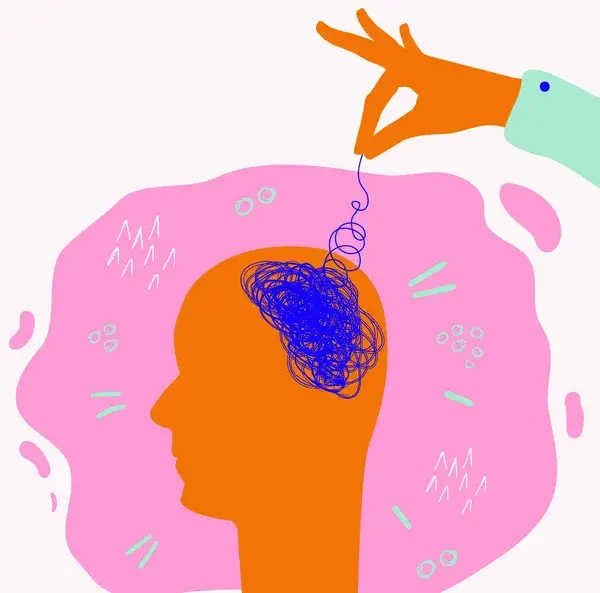Digital Healthcare in India: The Journey So Far
- Avantika Rajaram
- Jul 5, 2023
- 4 min read
When the IT boom occurred in India, no one could have predicted the extent to which it would impact the country in the decades to come. Technology has been rapidly changing-we are scaling new heights every day. The most recent advancement in technology is in the field of healthcare. This work aims to explore the recent developments in digital health by laying special emphasis on the various legal acts which surround it.
What is Digital Health?
Digital health is defined as the usage of digital technology to improve health care and increase its access. Some examples of digital healthcare include wearable medical devices such as smart watches, medicine delivery apps, health information technology and telehealth.
The pandemic accelerated the process of digitalising healthcare by highlighting its advantages. In many countries, governments came up with initiatives to promote digital health and in the case of India, this complemented our digitalisation policies. The digital healthcare market in India was valued at Rs. 252.92 Billion in FY 2021 and is expected to reach Rs. 882.79 Billion by FY 2027.
The Covid-19-induced mayhem led to massive disruptions in the healthcare sector. During this period, however, startups in India were transforming into unicorns, paving the way for a culture required for digital health to thrive. Multinationals, aided by favourable government regulations, came up with digital solutions to provide accessible healthcare.
Initiatives like the introduction of Aarogya Setu and the e-Sanjeevani are creating huge ripples in the rapidly evolving Indian healthcare system. New avenues such as a cloud-based hospital management system known as e-Hospital, and e-Sushrut, a cloud-based computerised record system of patients are coming up.
Two sides of the coin
The ratio of doctors to the patient in the country is abysmally low with most of them residing in urban areas. By digitalising the healthcare sector, we have an opportunity to increase access to qualified doctors for citizens in the rural area and simultaneously make healthcare more affordable.
Another feature of digital healthcare instrumental during the pandemic was contact tracing using remote apps. This has aided in collecting mass data to facilitate research. Currently, the Ayushman Bharat Digital Mission has been executed to connect healthcare stakeholders digitally on a single platform. There are over 220 million electronic health records so far and these numbers are rising every day.
According to Ronquillo et al., 2021, one of the reasons for rapid growth in the digital sector is its ability to reduce inefficiencies and provide more customised healthcare. Given the large population of our country spread across 3.28 million sq km, digital health initiatives can help bring quality healthcare to not only citizens in remote corners but can also make medical diagnosis and treatment efficient. For instance, the Internet of Medical Things (IoMT) could digitise and connect all critical care units of a hospital such as the ICUs, operating rooms and laboratories.
The flip side of digital health is quite dangerous and worrisome. The problems include concerns over the regulation of digital technologies and the challenges of privacy invasion. With records of patient history stored online, there are increased risks of cyber attacks. The sharing of personal data raises ethical issues regarding confidentiality, data exchange and safety. There are further worries regarding inequalities caused due to the digital divide, especially in the older age groups.
Digital Health and the Law
With India making headway towards a digital revolution, the government has recognized that it is imperative to have a legal framework to protect its citizens from data breaches and leaks.
The Digital Information Security in Healthcare Act of 2018 (DISHA) plays a pivotal role in ensuring data privacy associated with digital health. This was passed to protect the privacy and confidentiality of digital health information by strengthening its protection and standardisation. Through DISHA, initiatives such as National Health Authority (NHA), were set up to promote and establish digital health standards, increase privacy and regulate the flow of health data.
The Telemedicine Practice Guidelines were also issued to regulate telemedicine. The World Health Organisation defines telemedicine as “the delivery of healthcare services by professionals using information and communication technologies when distance is a critical factor”. A National Identification Number is allocated to health facilities in the country to create and operate health records.
The role of the Health Data Management Policy, which was passed in 2020, is to create a framework for managing data submitted for health purposes.
Conclusion
The move towards more digitalised healthcare has in reality become inevitable, with hospitals both public and private adapting to the new normal. This move can be welcomed due to its various benefits, but as has been the case with the other platforms in the past, digital health too is susceptible to those with malicious intentions. Thus, the task of pre-empting this will lay heavily on the shoulders of both the executive and the judiciary.
References:
Niti Ayog; National Digital Health Mission-https://www.niti.gov.in/sites/default/files/2021-09/ndhm_strategy_overview.pdf
Ministry of Health and Family Welfare; E-Governance and Telemedicine:https://main.mohfw.gov.in/sites/default/files/20%20ChapterAN2018-19.pdf
Manisha Singh, Pankaj Musyuni; In brief: Digital healthcare in India-Lexology:https://www.lexology.com/library/detail.aspx?g=593f053a-33e6-4bac-8187-34f54f518915
Ministry of Health and Family Welfare; Ayushman Bharat Digital Mission facilitating Quick OPD registration in 365 hospitals through Scan and Share service:https://pib.gov.in/PressReleasePage.aspx?PRID=1901721




Comments